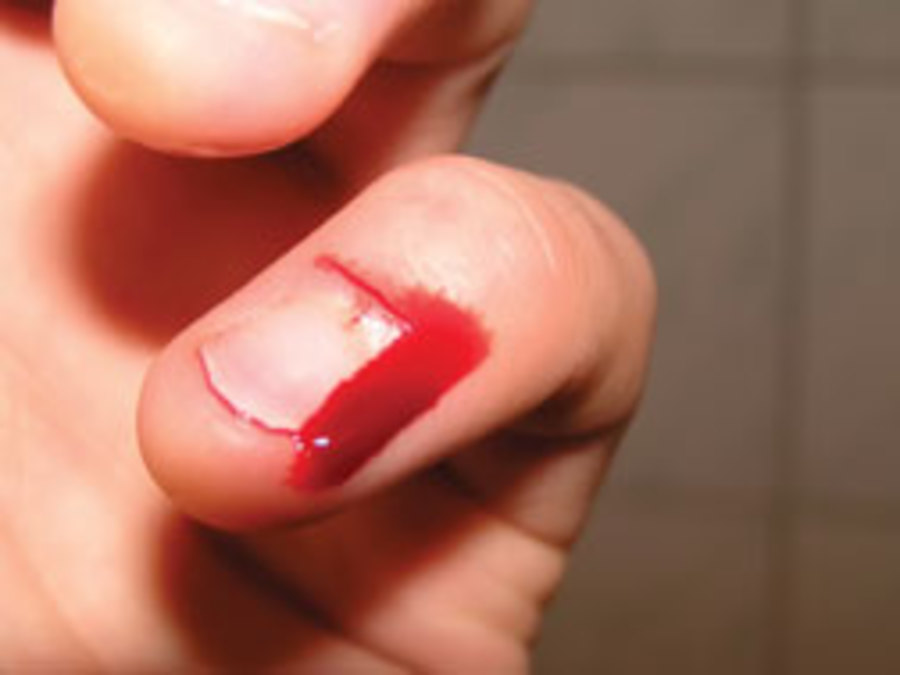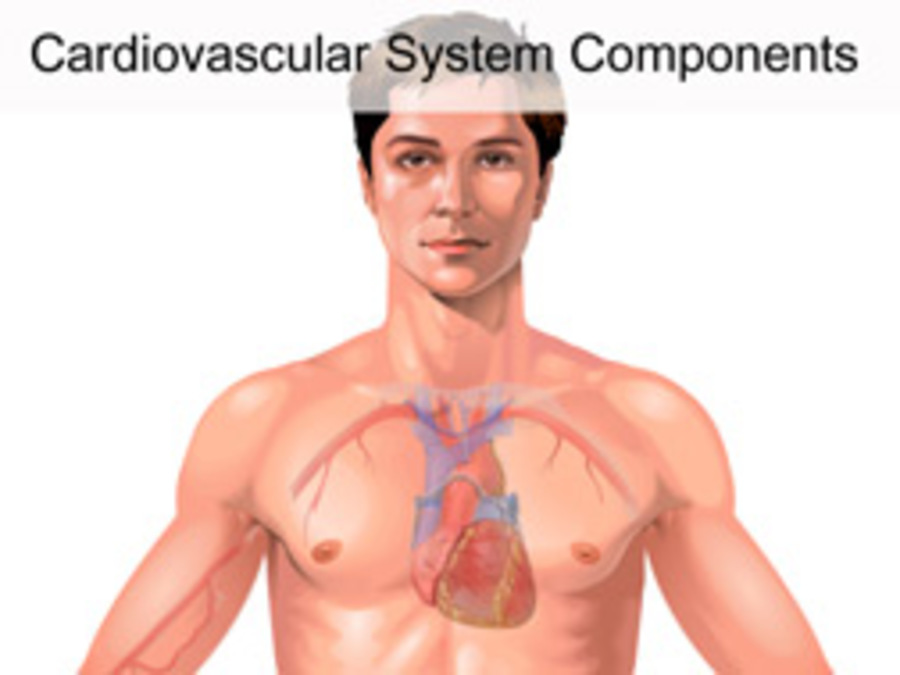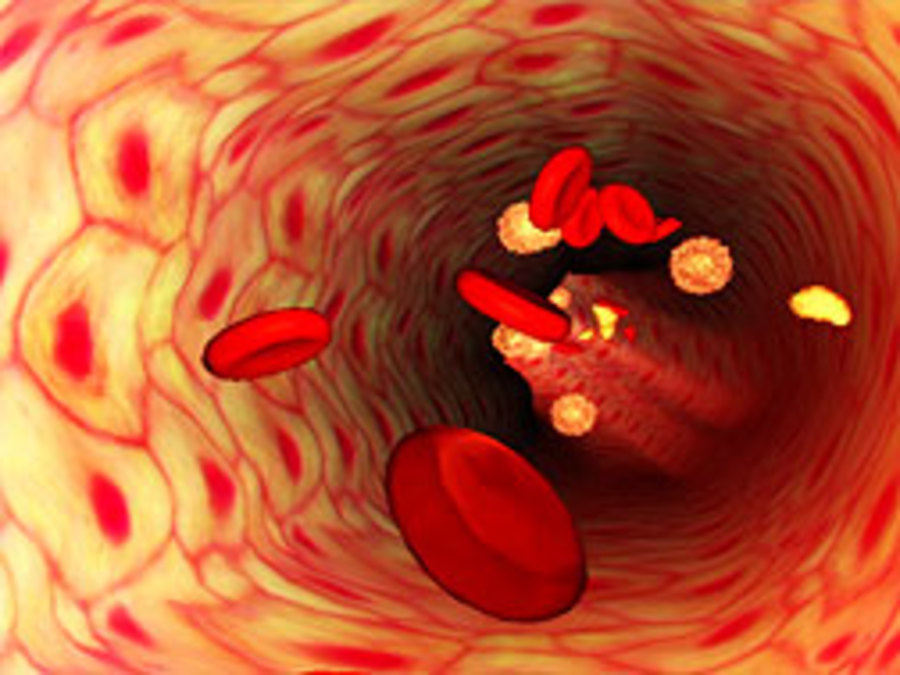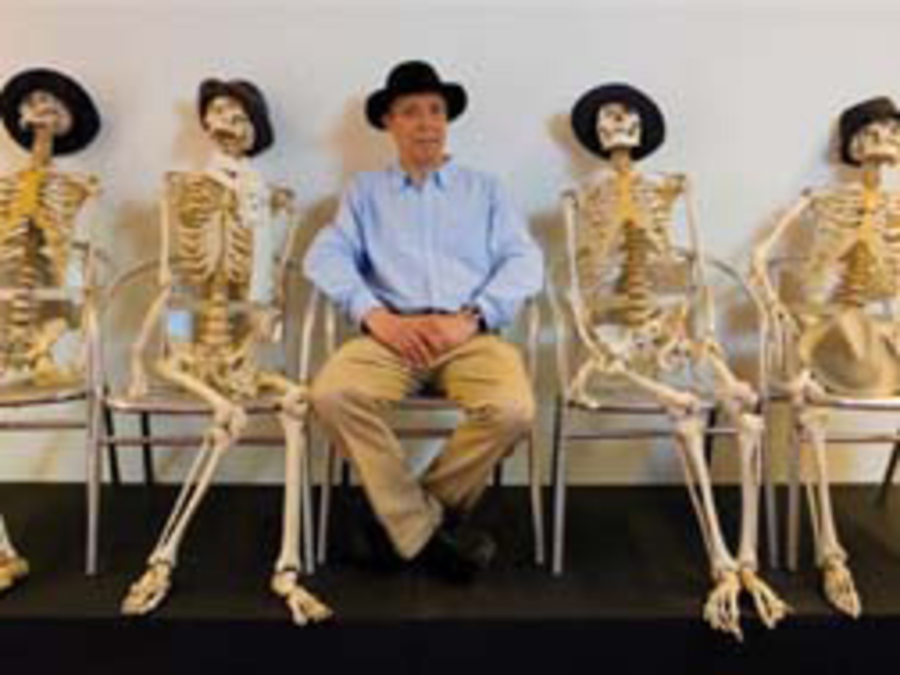 Get high quality academic and archival streaming videos from sources like BBC, National Geographic, PBS, TED and more.
Get high quality academic and archival streaming videos from sources like BBC, National Geographic, PBS, TED and more.
Want more on FOD? Go to the How to Use Films on Demand (FOD) Guide. Must be on campus or login with your COM account for off campus access.
-
Bleeding and Coagulation (31:20)
This program scrutinizes the human body’s intricate and essential mechanism of coagulation. Physiological and pharmaceutical hindrances to coagulation are discussed, along with interventions designed to regulate coagulation and to break down unwanted blood clots. Demonstrative case studies including a partial liver resection due to chronic hepatitis and liver cancer; a closed-skull trauma, ruptured spleen, and contusion of the lungs, complicated by sepsis; and arrhythmia with atrial fibrillation and an atrial thrombus, complicated by hypertension and bleeding in the brain, are included.
-
Cardiovascular System Components (00:58)
While the heart, which is a powerful automatic pump, is the cardiovascular component we think of most often, the blood and the blood vessels are also components vital to health. Five to six liters of blood transport oxygen and nutrients to all cells in your body and carry waste products to systems that eliminate them. Most of your blood is made up of a watery, protein-laden fluid called plasma. Less than half the blood volume is composed of red blood cells, white blood cells, and platelets.
-
The Circulatory System (22:40)
This program takes a close look at the organs of the human circulatory system and how they work to sustain life. After an introductory overview, the composition of blood—its plasma, erythrocytes, leukocytes, and platelets—is analyzed, blood types and Rh factor are considered, the role of hemoglobin in transporting oxygen is explained, and the anatomy and function of the heart is examined. Factors that affect blood pressure and circulation are also discussed, along with the circulatory demands of exercise. A viewable/printable instructor’s guide is available online.
-
Massive Blood Loss: Circulatory System Emergencies (48:14)
As Dr. Gunther von Hagens makes clear in this program, a shortage of blood can mean insufficient oxygen reaches the major organs—usually resulting in shock and organ failure. The program opens with a graphic bleeding demonstration, re-creating injury to blood vessels in the hand of a cadaver. Von Hagens then examines the consequences of blood loss in the body’s vital organs by creating knife-wounds in the torso of a frozen body, then sawing it into slices to reveal the path of the blades and the shocking extent of the damage. The program also explores a less well-known cause of blood loss—fractured bones—which von Hagens illustrates in an experiment in which a femur dissected from a fresh cadaver is made to bleed as it would in life. Viewer discretion is advised. Contains clinically explicit language and demonstrations.
![]() Get high quality academic and archival streaming videos from sources like BBC, National Geographic, PBS, TED and more.
Get high quality academic and archival streaming videos from sources like BBC, National Geographic, PBS, TED and more.


